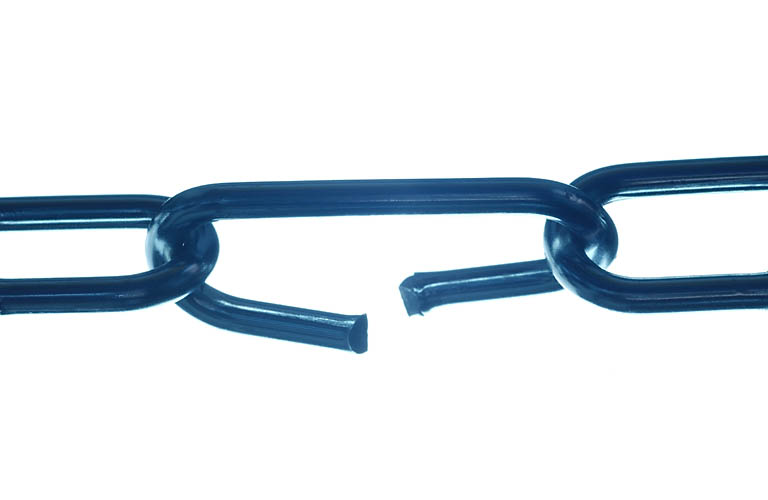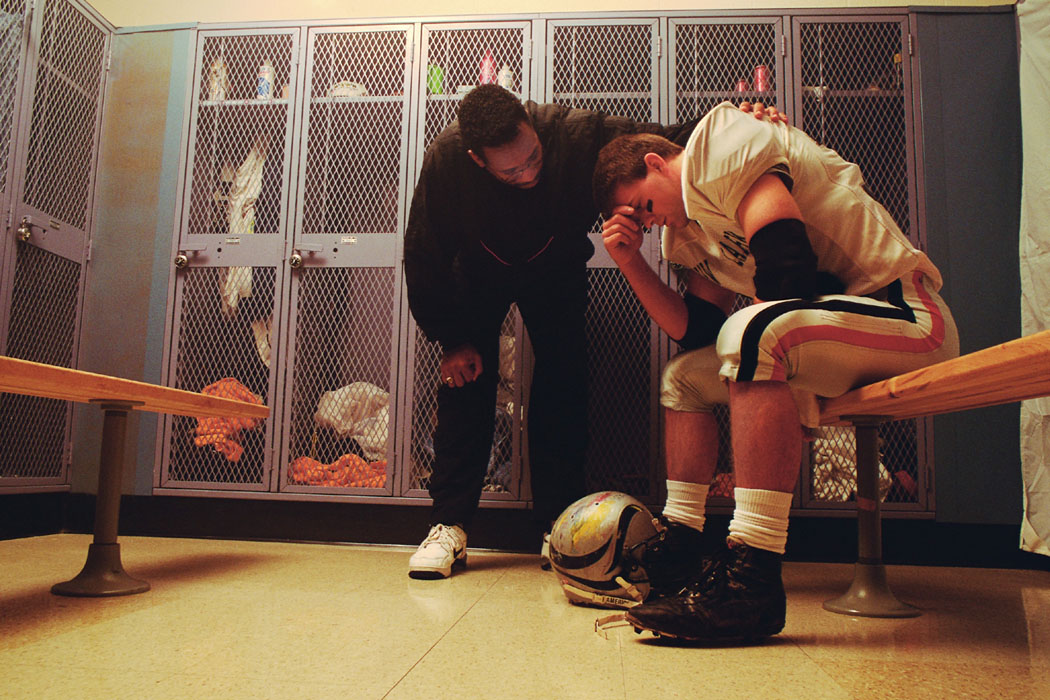Summary
Many process improvement efforts become too focused on achieving a one-time result and not on building an improvement capability. Often, too much time and effort is spent documenting the current state. The quality of the documentation is less important than the quality of the involvement. Most importantly, addressing just the bottlenecks in the process often results in the same benefits as addressing the entire process.
Process re-engineering: Create value, not flowcharts
 The focus of process improvement programs should be
on building improvement capabilities, not on creating new
steps
The focus of process improvement programs should be
on building improvement capabilities, not on creating new
steps
Much of what I preach is to change how we frame or think
of things. Many of the mistakes that I've seen with process
improvement or reengineering efforts are because businesses
are focused on achieving a particular result rather than
on building a capability. Often times these initiatives
are thought of as events rather than lifestyles. Using my
favorite diet analogy, many people who achieve their weight
loss goals as part of a diet end up regaining the weight
and sometimes gain even more. They set a specific goal,
let's say 50 lbs, and then join a support club or specific
diet plan or exercise regimen where they follow a strict
discipline for a specific period of time. Once they have
achieved their goal, they are done! They abandon their restrictive
diet and oppressive regimen and then slowly and surely,
they return to their old, bad habits.
Many corporate initiatives, especially process reengineering
programs, are run with exactly this mindset. We set a goal,
we put in a rigorous and often disruptive program to meet
that goal, and once we achieve that goal, we celebrate and
go back to business as usual. This mindset is also
behind both the "Have
cake and eat it, too" and the "Best
thing since sliced bread" vicious circles. Returning
to our weight loss analogy, a better way to achieve weight
goals is to start changing the lifestyle that lead to obesity.
Learning about nutrition is better way to start incorporating
healthy foods into the daily diet than following a meal
plan. Gradually substituting healthy foods that we like
for unhealthy ones without depriving ourselves sets the
foundation for a lifetime of healthy eating. Similarly,
developing an enjoyable and doable exercise regimen, whether
it be walking or yoga or bowling, may not have immediate
results, but again starts a lifestyle that includes regular
exercise.
Less detail, less documentation, and more involvement up
front
Most process reengineering initiatives start with documenting
the current or "As Is" state. This step is necessary
for everyone on the team to get the same understanding of
what is going on and to identify all the problems and root
causes. Skimping on this step can result in missing some
critical issues. However, often times the team, especially
if it is consultants, spend way too much time and money
documenting all the details of the current state. The stated
purpose of this detailed documentation is to communicate
and share with others, but rarely does anyone actually read
the documentation of the current, problem state. If the
detail and the documentation are not adding new insights
or aiding in the understanding, then it should stop at a
fairly high level. Otherwise, it just becomes analysis
paralysis.
Many times I have seen a huge amount of process reengineering
budget used up in developing detailed current state documentation
that no one ever looks at again. Plus, the knowledge and
the insights gained are limited to the team. This would
be a good time to start creating in-house review and improvement
teams and getting everyone up to speed on the process and
its problems. Usually, communication rollouts don't happen
until the new process is created, but this doesn't allow
for input or involvement and people end up feeling like
this is being done to them. Lack of involvement is a big
cause for lack of buy-in later.
Start with the bottlenecks, ignore optimization
Typically, the BPR (business process reengineering) team
will now start creating new processes and work hard to come
up with an optimized solution. Sometimes this can be a daunting
task. There are many ways to sequence tasks and it is difficult
for the human mind to develop an optimized scenario. The
good news is that trying to create an optimum solution (i.e.
the perfect answer) is often a waste of time. Keeping in
mind Pareto's law, you can achieve most of the benefits
you want by just improving the biggest problem areas or
the bottlenecks. Sometimes all your process improvement
efforts are complete waste of time because of a bottleneck.
A few years ago, I headed a team to improve global new product
launches and decrease the time-to-market. As part of this
effort, I visited some of our larger country markets and
discovered that one country had been diligently working
on decreasing their development and launch time. However,
although they had streamlined their own R&D, Marketing,
and Sales processes, they could not realize any substantial
reductions in time-to-market. They were dependent in two
instances on global organizations who had long lead times
and were creating bottlenecks. Although their in-country
initiative had streamlined their own work flow, it did not
result in the benefit of shortened launch times. In my team's
investigation, it turned out that these were bottlenecks
for all the country markets. Rather than launching process
improvement initiatives in all the countries, we simply
worked with these two organizations to improve turnaround
times. It turned out that the global organizations were
not getting all the information they needed to perform their
jobs. Once we clarified the information needed and determined
responsibilities, we substantially reduced these bottlenecks
and decreased time-to-market, all with hardly any process
flowcharts!
Although the original charter for the team was to reengineer
the global and in-market processes, the team felt it would
rather direct its effort toward removing the third bottleneck,
the world-wide review and approval processes. The team worked
on streamlining and clarifying this and then finding an
automated work-flow solution. The team also worked with
country leads and together they set up quarterly conference
calls to share best practices and address common issues.
Each country had already addressed particular pieces of
the NPL (new product launch) process and sharing their solutions
on a regular basis was determined to be a better use of
their time than trying to reengineer everything all at once.
Plus, they had products to get out the door! The executive
sponsor laughed all the way to his update meeting because
while the other executive teams had lots of process documentation
to show for their work, he had already achieved real results
and his people were sharing and communicating improvement
ideas globally on a regular basis.






 My
new book,
My
new book,






 If
you have some ideas for articles, please drop me a note
or leave a
If
you have some ideas for articles, please drop me a note
or leave a 
